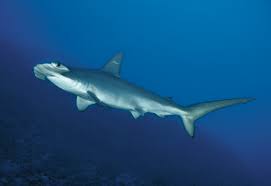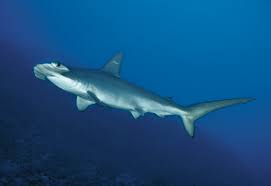NSU Research Spotlight: Halmos College Galapagos Hammerhead Shark Research Featured in National Geographic

This October, the iconic magazine National Geographic published an article on Galapagos scalloped hammerhead sharks. These globally endangered sharks, with their wide-eyed appearance are some of the most iconic species found around these small Ecuadoran islands. One of the many questions about this species is where do they go to give birth? Halmos College professor and director of the NSU Save Our Seas Shark Research Center Mahmood Shivji, Ph.D. worked with the National Geographic explorer team to track these sharks.
“That tracking data shows at least three of the sharks leaving for the mainland,” says Shivji. The researchers say they knew the sharks are migrating to the mainland, but additional analysis is needed to determine if they’re doing so specifically to give birth.
“That’s where the DNA comes in”, says Shivji. For next steps, the team will conduct maternity tests between adult female sharks in the Galapagos and hammerhead pups found in nurseries around the Galapagos and coastal mainland regions. Sharks help keep marine prey species in check, thus creating a more balanced ecosystem. Studies often cited by conservation groups also show how much they can benefit coastal economies. From activities like tourism and diving, a shark in Palau may be worth more than $1 million throughout its lifetime; sharks in the Bahamas generated $114 million in 2014; and sharks generated $221 million for Florida’s economy in 2016.
For more information: https://www.nationalgeographic.com/environment/2018/10/new-find-could-save-galapagos-hammerhead-sharks/
